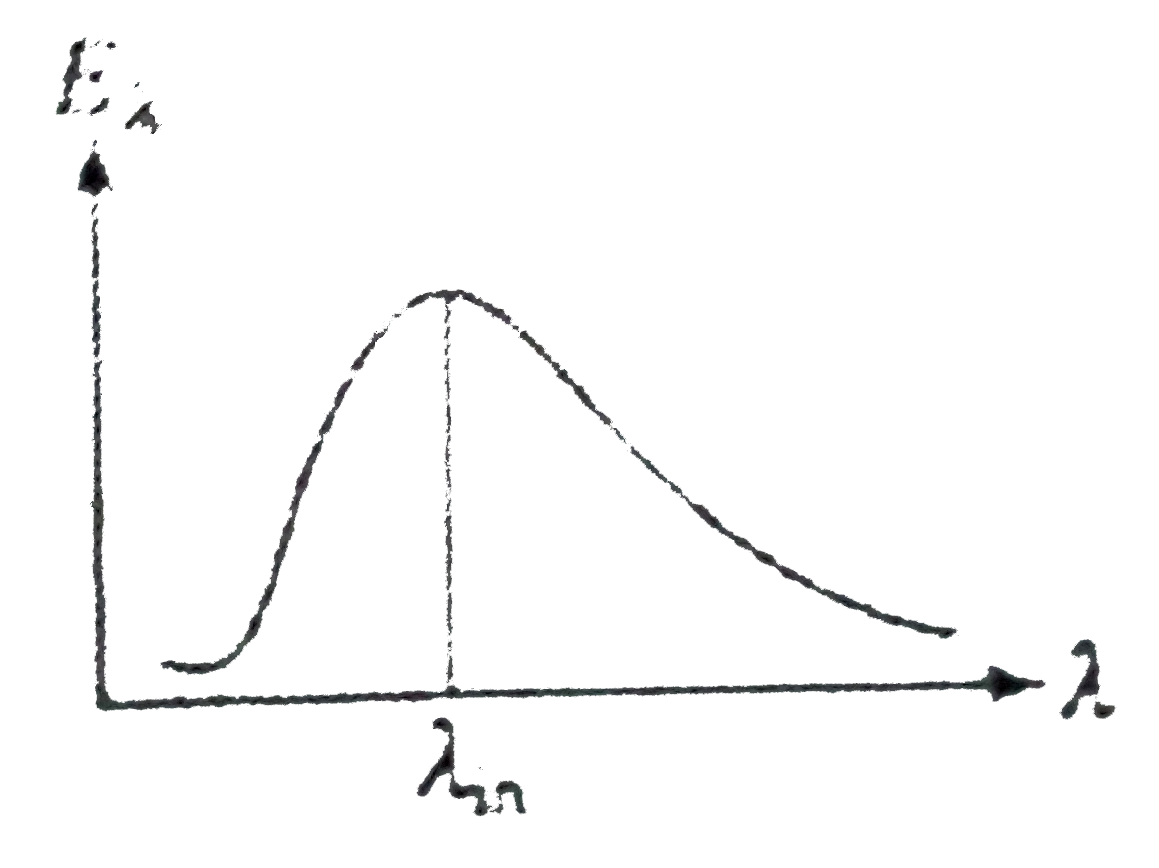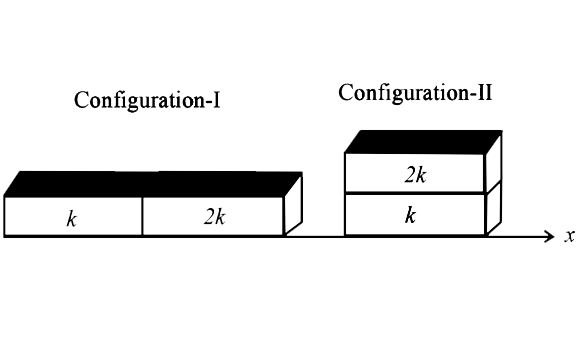Why does moon have very cold and very hot temperature variations e.g., from to even though it is at the same distance from the sun as the earth is?
Step-by-Step Solution:
1. Understanding the Moon's Environment: The Moon is a celestial body that orbits the Earth and is at the same distance from the Sun as the Earth. However, it has a very different environment compared to Earth.
2. Temperature Range on the Moon: The temperature on the Moon can vary dramatically, ranging from extremely cold temperatures of -190°C during the night to very hot temperatures of 110°C during the day.
3. Role of Atmosphere: The primary reason for this extreme temperature variation is the lack of atmosphere on the Moon. Unlike Earth, which has a thick atmosphere, the Moon has a very thin exosphere that cannot retain heat.
4. Temperature Regulation on Earth: On Earth, the atmosphere plays a crucial role in regulating temperature. It acts as a buffer, preventing extreme temperature changes by trapping heat during the day and retaining warmth at night.
5. Conduction of Heat: Air is a poor conductor of heat, which means it does not allow heat to escape or enter quickly. This property helps in maintaining a more stable temperature on Earth.
6. Conclusion: Since the Moon lacks a significant atmosphere, it cannot regulate its temperature effectively. As a result, it experiences extreme temperature fluctuations between day and night.
Topper's Solved these Questions
- BOOK - NCERT EXEMPLAR ENGLISHCHAPTER - NATURAL RESOURCES EXERCISE - Long Answer Type Questions7videos
NATURAL RESOURCES
- BOOK - NCERT EXEMPLAR ENGLISHCHAPTER - NATURAL RESOURCES EXERCISE - Long Answer Type Questions7videos
NATURAL RESOURCES
- BOOK - NCERT EXEMPLAR ENGLISHCHAPTER - IMPROVEMENT IN FOOD RESOURCESEXERCISE - Short Answer Questions21videos
IMPROVEMENT IN FOOD RESOURCES
- BOOK - NCERT EXEMPLAR ENGLISHCHAPTER - THE FUNDAMENTAL UNIT OF LIFE EXERCISE - Long Answer Type Questions7videos
THE FUNDAMENTAL UNIT OF LIFE
Similar Questions
A rod of length 20 cm made of metal A expands by 0.075 when its temperature is raised from 0∘C to 100∘C. Another rod of a different metal B having the same length expands by 0.045 cm for the same change in temperature. A third rod of the same length is composed of two parts, one of metal A and other of metal B. This rod expands by 0.065 cm for the same change in temperature. The portion made of metal A has the length :
View SolutionIn the industrial preparation of ammonia by Haber process from nitrogen and hydrogen, the reaction is carried in the temperature range of 450∘C to 500∘C and in a pressure range of 200 atm to 300 atm. Now answer the following question.
The reaction is not carried at very high pressure. Give one reason.View SolutionThe sun is less bright at morning and evening as compared to at noon although its distance from the observer is almost the same. Why ?
View SolutionThe sun having surface temperature Ts radiates like a black body. The rasius of sun is Rs and earth is at a distance R from the surface of sun. Earth absorbs radiations falling on its surface from sun only and is at constant temperature T. If radiations falling on earth's surface are alomost parallel and earth also radiates like a blackbody, then
View SolutionA satellite of mass m is moving in a circular or orbit of radius R around the earth. The radius of the earth is r and the acceleration due to gravity at the surface of the earth is g. Obtain expressions for the following :
(a) The acceleration due to gravity at a distance R from the centre of the earth
(b) The linear speed of the satellite
(c ) The time period of the satelliteView SolutionThe radiations emitted by the sun are analyzeed and the spectral energy distribution curve is plotted. as shown. The radius of the sun is R, the earth is situated a distance 'd' from the sun. Treat the sun as perfectly black body which radiates power at constant rate fill till its store of hydrogen gets exhausted. (Stefan's constant =σ, Wien's constant =b, speed of light =c)

If the earth is at a distance 'd' from the sun the intensity of light falling on the earth (called solar constant S) isView SolutionAssuming the sun to have a spherical outer surface of radius r radiating like a black body at temperature t∘C. The power received by a unit surface (normal to the incident rays) at a distance R from the centre of the sun is
where σ is the Stefan's constant.View SolutionThe radiations emitted by the sun are analyzed and the spectral energy distribution curve is plotted. as shown. The radius of the sun is R, the earth is situated a distance 'd' from the sun. Treat the sun as perfectly black body which radiates power at constant rate fill till its store of hydrogen gets exhausted. (Stefan's constant =σ, Wien's constant =b, speed of light =c)

Assume the sun produces energy only by nuclear fusion of hydrogen nuclei and the fraction of nuclear mass of hydrogen that can be converted to energy is η. How long will the sun keep on emittied the energy if the mass of hydrogen at present in Sun's core is m?View SolutionTwo rectangular blocks, having identical dimensions, an be arranged either in configuration-I or in configuration-II as shown in the figure. One of the blocks has thermal conductivity k and the other 2k. The temperature difference between the ends along the x-axis is the same in both the configurations. It takes 9s to transport a certain amount of heat from the hot end to the cold end in the configuration-I. The time to transport the same amount of heat in the configuration-II is
 View Solution
View SolutionTwo rectangular blocks, having identical dimensions, an be arranged either in configuration-I or in configuration-II as shown in the figure. One of the blocks has thermal conductivity k and the other 2k. The temperature difference between the ends along the x-axis is the same in both the configurations. It takes 9s to transport a certain amount of heat from the hot end to the cold end in the configuration-I. The time to transport the same amount of heat in the configuration-II is
 View Solution
View Solution

